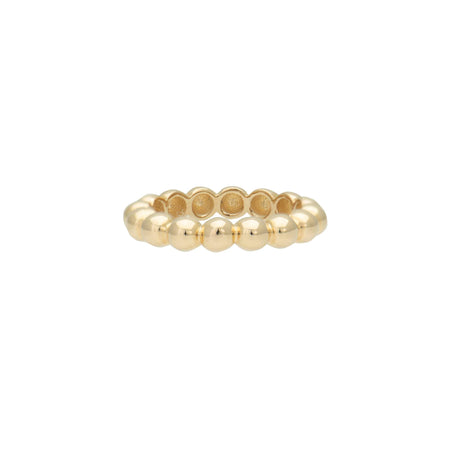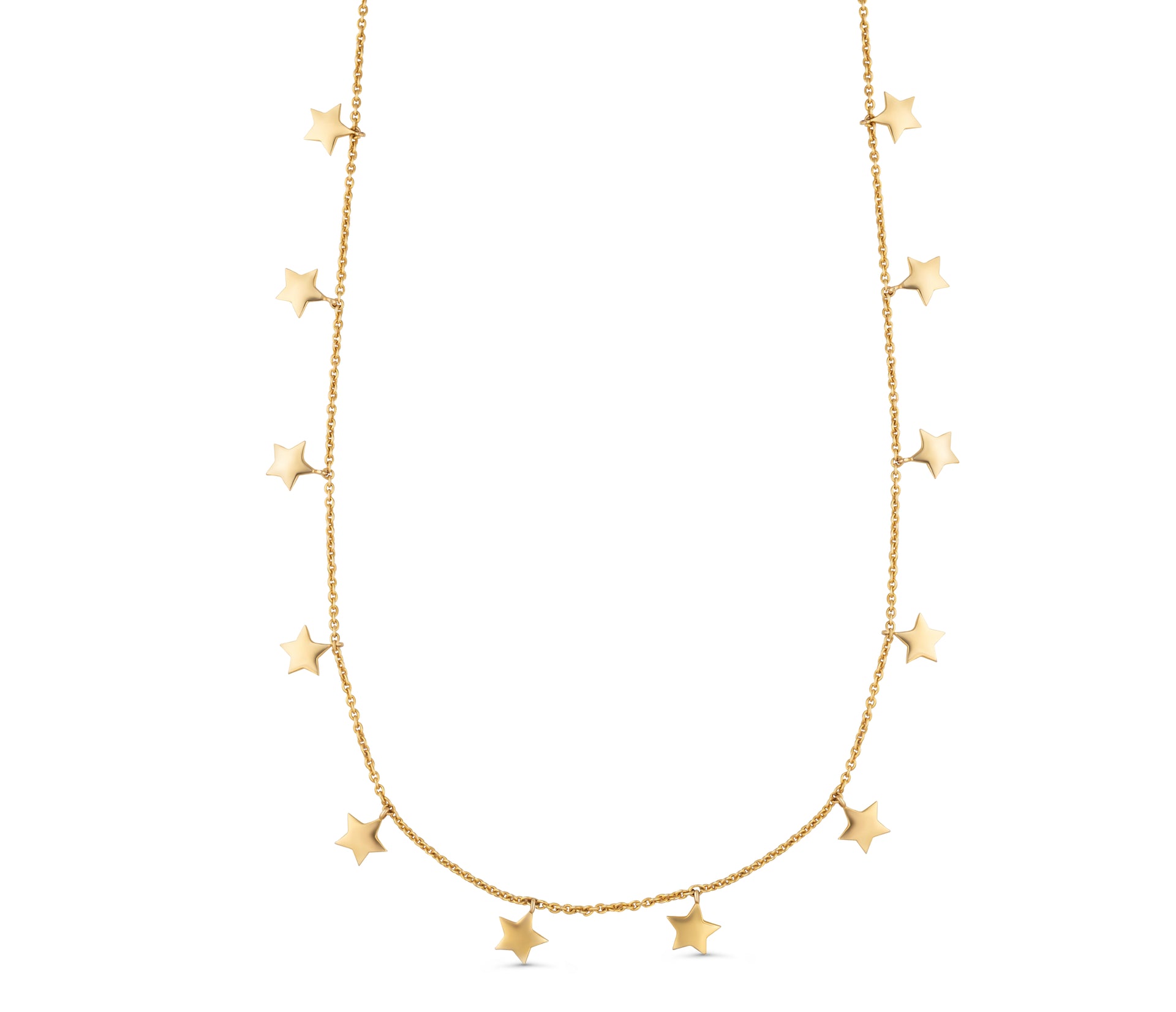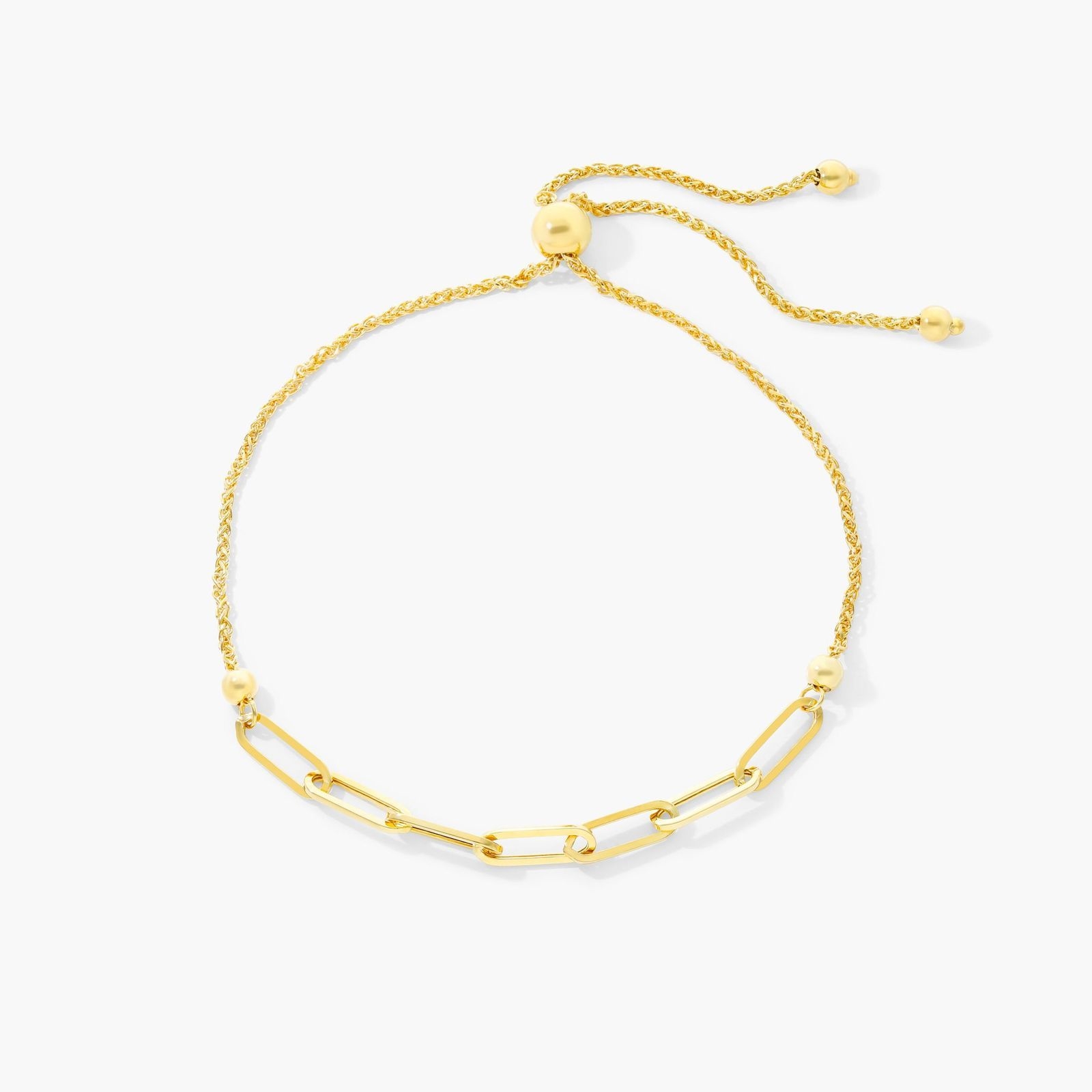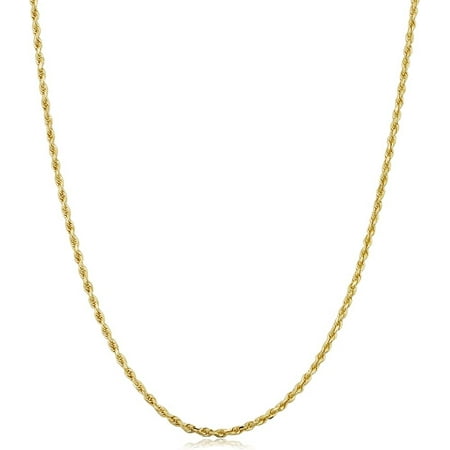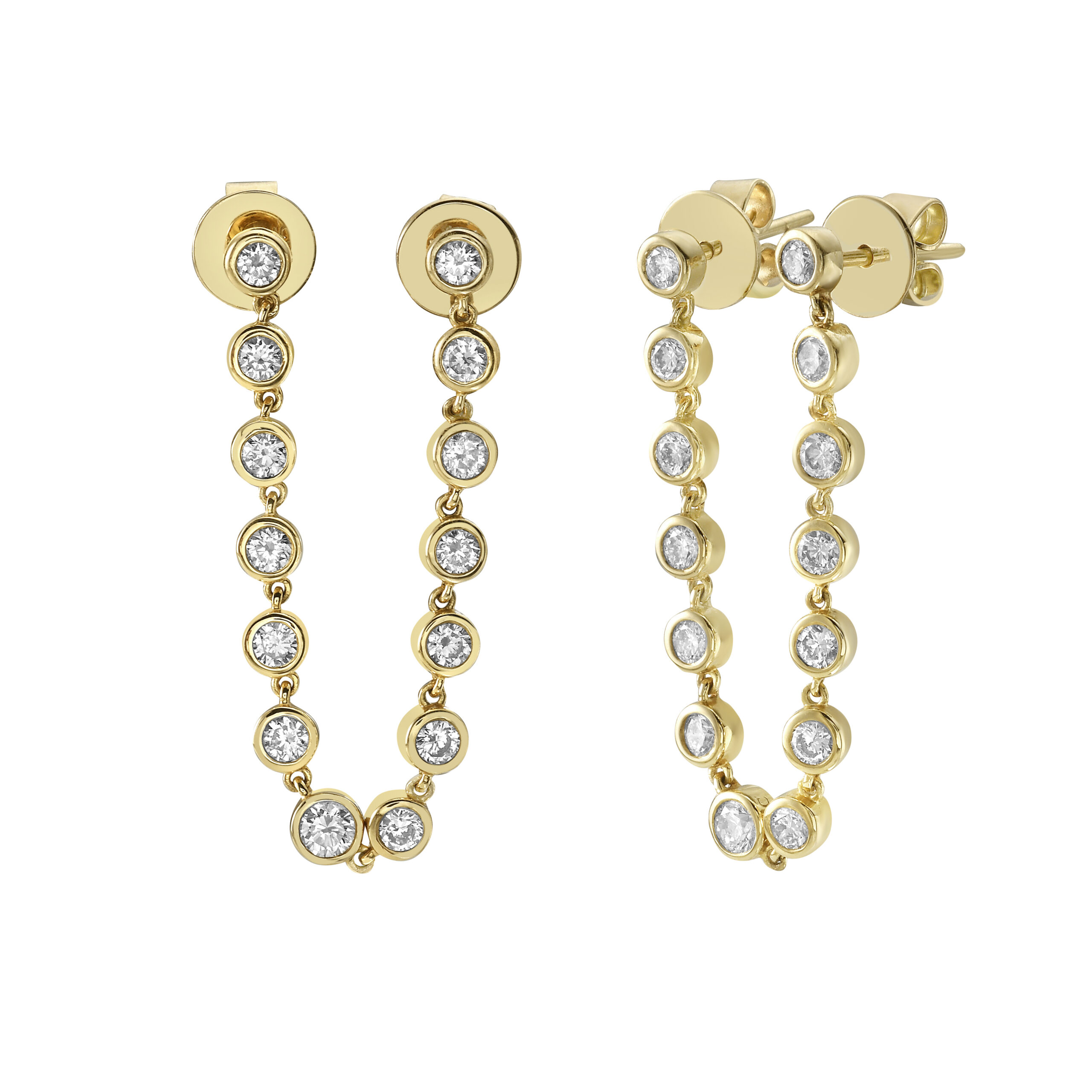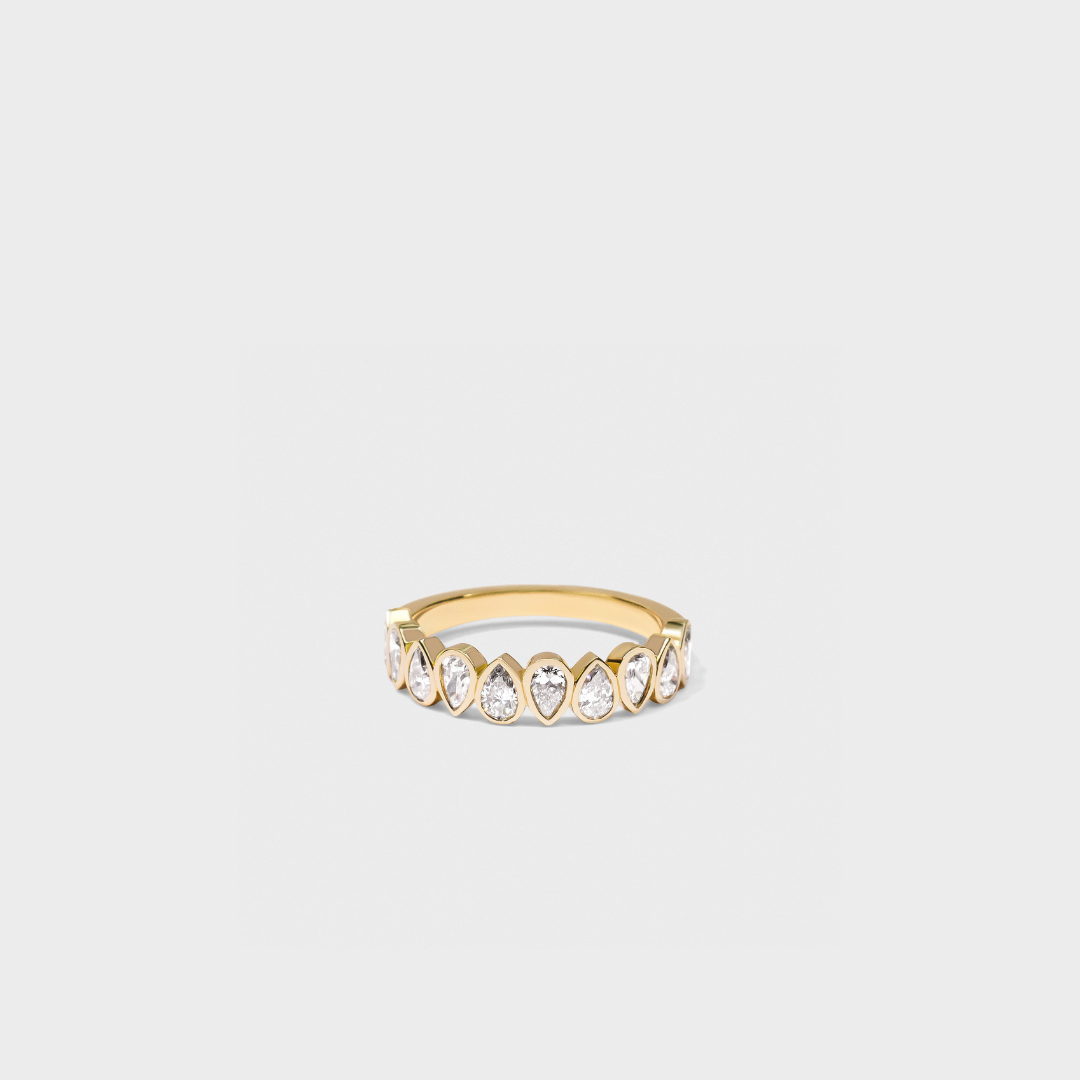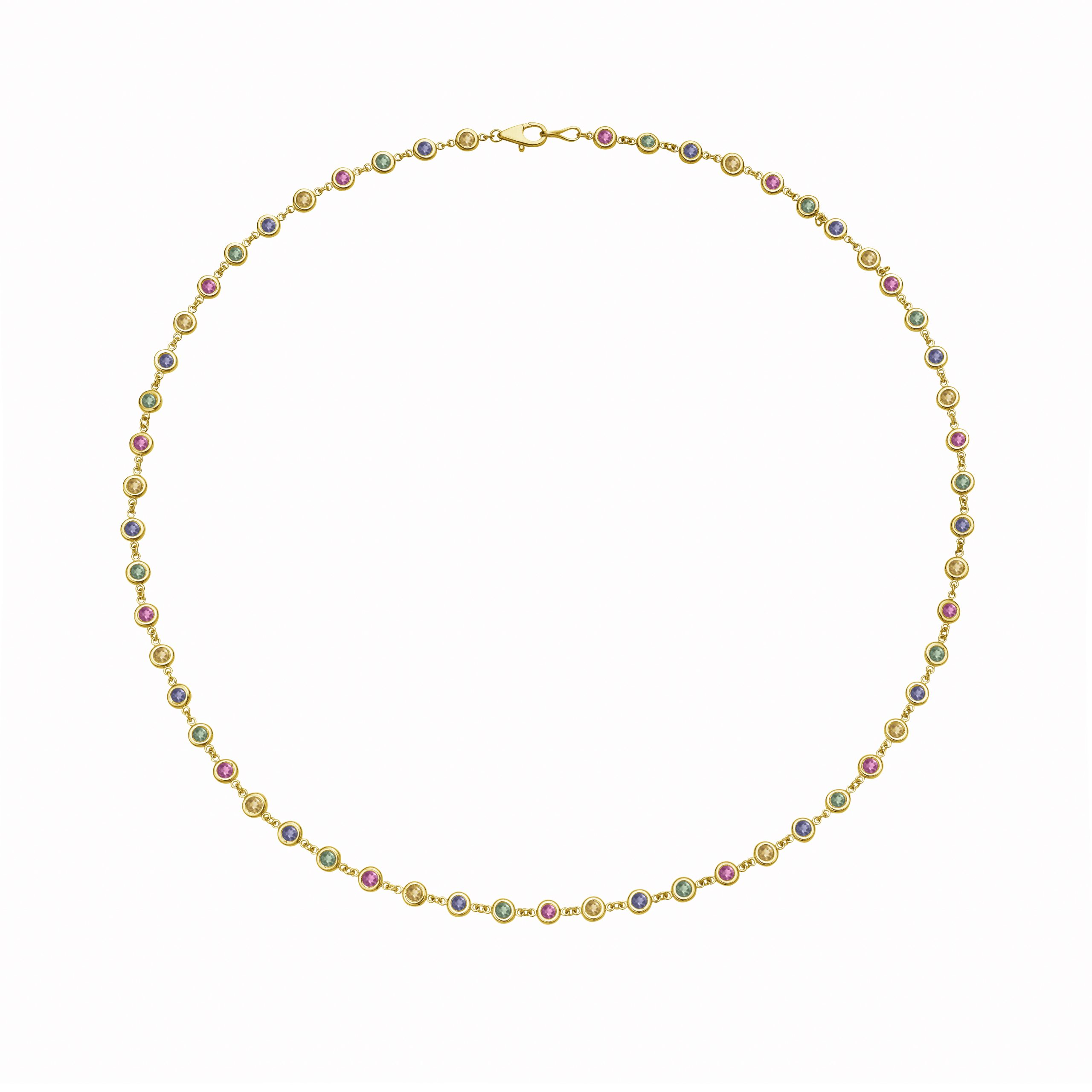I'm Starting My Fine Jewelry Collection—5 Experts Share Their Tips


Stepping into adulthood comes with a myriad of things: paying your own bills, establishing a 401(k), and having your own insurance. On the fashion front, maturity can also translate via your wardrobe. As alluring as bottom-of-the-barrel prices might be, fast fashion will never quite match a piece made with care and the utmost quality. That's precisely why I've challenged myself to completely revamp my closet for the upcoming year. My objective is to find pieces that I will wear year after year and that will also continually bring me joy. It's an ambitious project that will undoubtedly take time. After all, I didn't accumulate all of the junk in my closet in just one year.
I'm starting with my jewelry collection. As it stands, the bulk of my collection falls into the "fashion jewelry" category, which is essentially glorified costume jewelry. While it's fun for an event or for sporadic wear, tarnishing and general wear and tear are inevitable. The few solid gold and gold-plated pieces I do own have outlasted all of my fashion jewelry, so I'm putting the trendy stuff to rest in favor of timeless designs made with precious stones and materials. Since people tend to notice your jewelry first, it makes sense to splurge a little bit more here. But jumping straight into the Cartier and Bulgari pool isn't also completely necessary—it's completely possible to find great pieces on a tighter budget.
If you, too, are interested in growing your forever jewelry collection, keep scrolling. Whether you have $100 or $10,000 to spend, I've included options at every price point, and I tapped brand experts to teach you what you should look out for and prioritize.
How to Buy Fine Jewelry
When it comes to investing in your first piece of fine jewelry, it's best to look for compositions in the 14-karat and 18-karat weight range. "First-time fine jewelry buyers should definitely be looking at the material of what they are purchasing and how and where the jewelry is made. Jewelry made with solid 14-karat and 18-karat sustainable gold are investment pieces that never lose value," Kimberly Berry Haisch, founder of New York–based KBH Jewels, explains. She has a point. If you have the money to invest, try to stay away from demi-fine big-box pieces. "Don't be fooled by vermeil or plated pieces that aren't actually gold. Gold-plated pieces won't hold value over time," she adds.
The higher the carat number, the more gold in your piece. This may sound nice, but it also means that your pieces are a bit more delicate and malleable. Most experts recommend 14-karat gold pieces for everyday wear, many of which start popping up at entry-level price points. Jewelry designer Ali Weiss suggests going in person to see your pieces, especially if you're a first-time buyer. "You need to see, touch, and feel the jewelry in person," she says. "Ask the salesperson questions [regarding] the quality of the gold and the stones." If a friend or loved one has pieces from the same brand or jeweler, Weiss suggests asking them about how the piece lives in their jewelry box and if they find themselves constantly having to buff out any scratches or overpolishing their pieces.
At the end of the day, though, it's best to buy fine jewelry pieces that you feel reflect your style the best—whether it be solid-gold timeless pieces, trendier sterling silver jewelry, or heirloom-worthy gemstones. Lorraine Brantner, James Allen sales manager and gemologist, explains, "Build your fine jewelry collection over time. This will allow you to select jewelry pieces that you appreciate individually but also enjoy wearing together as you develop your personal style. It also gives you a way to commemorate life's special moments and achievements."
Pieces to invest in:
How to Buy Precious Stones
If you're aiming to dip your toe into precious stones and the ultra-fine jewelry world from a beginner's perspective, there's a wealth of knowledge out there. Although recent years have proven to ignite a debate between mined and lab-grown diamonds, other precious stones like Colombian emeralds, moissanite, and sapphire have been gaining popularity,
"When purchasing gems, especially precious stones, it always helps to ask for certificates proving their authenticity and quality," says Joy Haugaard, co-founder and creative director of Lionheart. "This, to me, is essential when purchasing high-value gemstones so I know it has been in the hands of gemologists and fully inspected. When it's set in finished jewelry, it's always best to inspect jewelry closely for flaws or damage, ensuring it's well-made and durable. … Seek advice from experts like gemologists or collectors if you're unsure, and take your time to find the perfect piece that you'll cherish for years to come."
We've all heard about the four Cs of precious stones: cut, clarity, color, and carat weight. If you're looking to add a diamond into your collection, focus on the cut of the stone rather than other elements, says Reema Chopra, a certified GIA gemologist and diamond and colored-stone specialist. Chopra's Khepri Jewels, a line of ultra-fine pieces made with luxury craftsmanship, focuses on heirloom pieces that can be passed down for generations. "Most consumers are focused on color and clarity of diamonds when, essentially, the cut is what gives diamonds [their] brilliance and sparkle," Chopra explains. "An excellent-cut stone with a clarity grade of SI and color grade of G will give you more visual brilliance and sparkle than a diamond with an average cut with a VVS E grade."
Pieces to invest in:

Ana Escalante is an award-winning journalist and Gen Z editor known for her sharp takes on fashion and culture. She’s covered everything from Copenhagen Fashion Week to Roe v. Wade protests as the Editorial Assistant at Glamour after earning her journalism degree at the University of Florida in 2021. At Who What Wear, Ana mixes wit with unapologetic commentary in long-form fashion and beauty content, creating pieces that resonate with a digital-first generation. If it’s smart, snarky, and unexpected, chances are her name’s on it.


